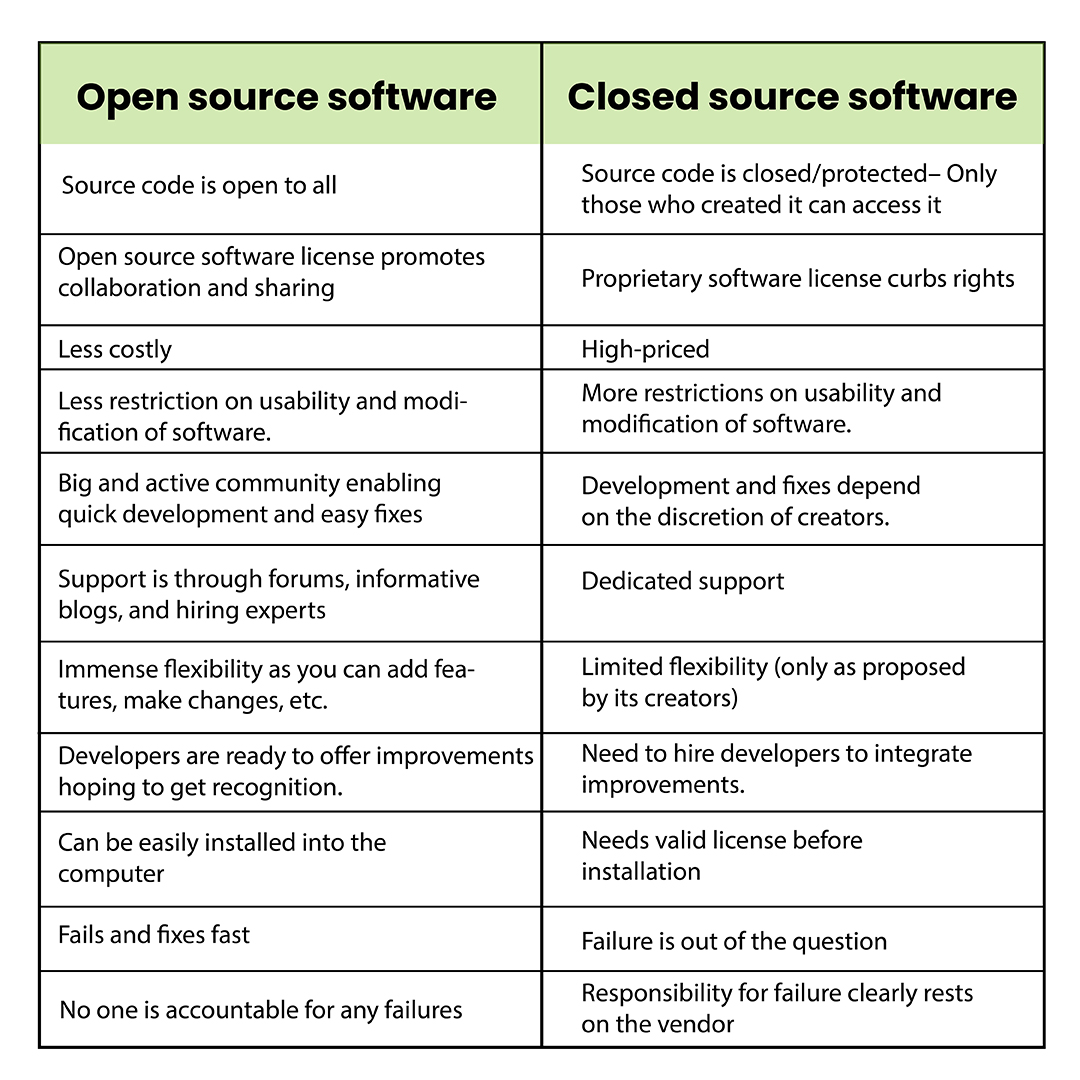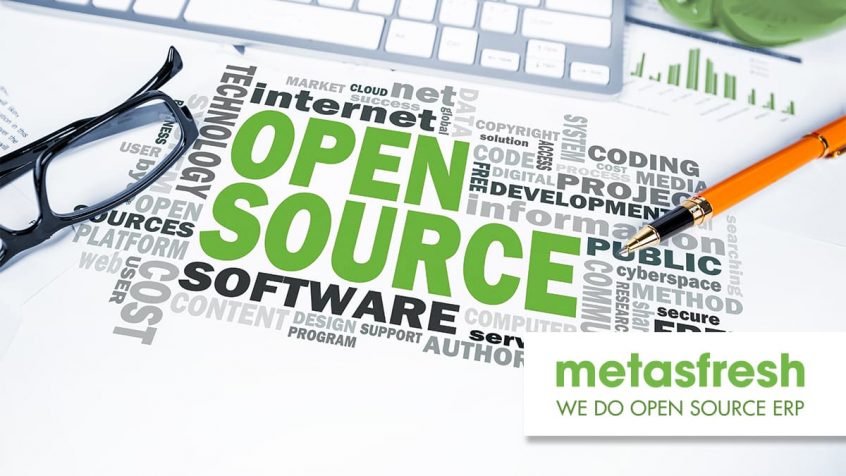Share this Post
In this post, we will be exploring how open-source software vendors make money when the software is free. Many people believe that OSS vendors must be doing something wrong if they’re not making a profit from their products. But, in reality, there are many ways to make money from open-source software.
This article will discuss some of the most common business models used by OSS vendors and examine how each one works.
Why Give Out Software for Free?
OSS is not a new concept — it’s been around for over two decades. Software Developer Eric S. Raymond popularised the open-source development concept in his 1997 essay, „The Cathedral and the Bazaar.“ In it, he discusses the development of a software program called „Fetchmail“ and what he called „Linus Law“, which states that „given enough eyeballs, all bugs are shallow.“ Linus is, of course, Linus Torvalds, the main creator of the Linux open-source kernel.
So how did the developers of fetchmail make money if their software was free? The answer is simple: they didn’t. A team of volunteers developed Fetchmail in their spare time. There was no company or organisation behind it.
This is one of the critical differences between closed-source and open-source software. With closed-source software, the developers sell licenses to use the software, whereas with open-source software, developers make the source code available for anyone to use, modify, and distribute.

Open source software vs. Closed source software —Source: bridge-global.com
What Does Free Mean?
It’s important to deconstruct the meaning of „Free“ in a bit more detail.
In the context of open-source software, when we say „free,“ we mean as in “free speech”, not “free beer.“ In other words, you can do whatever you want with OSS software – however, this does not necessarily mean „zero price“. Instead, it means you are free to use it, study it, modify it, and distribute your modifications without asking for permission from the developers. The only thing you can’t do is prevent others from doing the same thing. This concept is often called „copyleft.“
There are a few different types of licenses that allow this. The most popular is the GNU General Public License (GPL), initially written in 1989 by Richard Stallman.
The GPL was created by the Free Software Foundation (FSF) to protect the freedoms of users of free software.
There are two main versions of the GPL. Version two was released in 1991, and version three was released in 2007 to address some of the shortcomings of version two.
One of these weaknesses was that it didn’t consider how software is distributed today. For example, with the rise of cloud computing, software is often distributed over the internet instead of on physical media like CDs or DVDs.
The other main weakness was that it didn’t consider changes in the law. For example, many governments and regional bodies have directives that require software to be compatible with open standards — GPL version 3 addresses these issues and more.
It’s worth noting that not all open-source software is licensed under the GPL. Some developers use a different license, such as the MIT license.
metasfresh is a freely usable and redistributable fork of ADempiere that has been actively maintained and licensed under GPL3. It doesn’t need a contributor license agreement from partners or contributors, and there’s no closed source code involved. Instead, the planning and development of the project are openly carried out in the community. With weekly updates since 2015, metasfresh is listed as one of the Top 9 Open Source ERPs to consider, according to opensource.com.
The critical thing to remember is that you have the freedom to do what you want with the code with open-source software.
So how do OSS vendors make money if they’re giving away their software for free?
There are a few different ways that open-source software vendors make money. Below are five of the most common.
1) Support and Service
Many OSS vendors make most of their revenue from support and service. Customers who use open-source software often need help setting it up, configuring it for their specific needs, and troubleshooting any problems. As a result, these companies charge for access to customer support and services. In addition, some vendors offer premium versions of their products that include additional features and support. By providing a mix of free and paid products, these companies can generate revenue while still providing users with a high degree of flexibility.
2) Dual Licensing
With dual licensing, the vendor offers two different licenses for the software. One is a closed-source license, and the other is an open-source license. The open-source license is usually free to use. But if you want to use the closed-source version, which usually comes with additional support or functionality, you have to pay a fee.
One variation of the open source dual licensing model is known as the “open core” model. This is where the developer offers a “core” or feature-limited version of the software, while also offering commercial versions as proprietary software.
One well known example of open core dual licensing is Oracle’s MySQL database management system, which is dual licensed under a proprietary licence and the GNU General Public License. The open source version is the core offering, while proprietary versions are available that offer additional functionality and enterprise support.
3) Paid Extra Features
Some vendors allow users to use the software for free, but charge for extra features or services. This approach has several advantages. First, it enables users to get started with the software without making a financial commitment upfront. Second, it gives vendors a way to monetise their user base by offering paid extras that provide additional value. Finally, it gives an incentive for users to stay engaged with the software and keep using it over time. Paid extras can take many different forms, such as priority updates, access to exclusive features, and more.
4) Certification Fees
Another way that vendors make money is through certification fees. In this monetisation model, users get certified in using the software. The vendor may also offer training courses.
Vendors may also franchise out their software. In this model, open source software providers garner a network of commercial partners, who pay to become certified and therefore use the provider’s name and logo. These partners then provide a proportion of revenue to the open source developer.
5) Donations
Vendors also make money from open-source software through donations or crowdfunding. This is usually done through a website link to a payment processor where users can donate money to the developers. The amount of money donated varies depending on the project and the donor.
Another option is crowdsourcing — i.e., the practice of assigning software development tasks such as design, documentation, coding, or testing to members of the general public as a means to improve the software, and therefore stimulate other organisations to sponsor the further development of the project, or separate similar projects that can be monetised.
Alternatively, open source developers may partner with funding organisations from the outset. The organisations support the development of open source software via grants and stipends.
Talk to us here at metasfresh. With complete vendor-independence and freedom from licencing costs, ready access to community development resources, the ability to customise and modify at will, and full control of updates, security and maintenance, metasfresh open source ERP is built to support digital transformation and fuel corporate growth. Our mission is to enable each and every company to access a powerful ERP system — and open source is and has always been the best way to do it. Get in touch today to find out more about what our open source ERP can do for your business.
Share this Post



